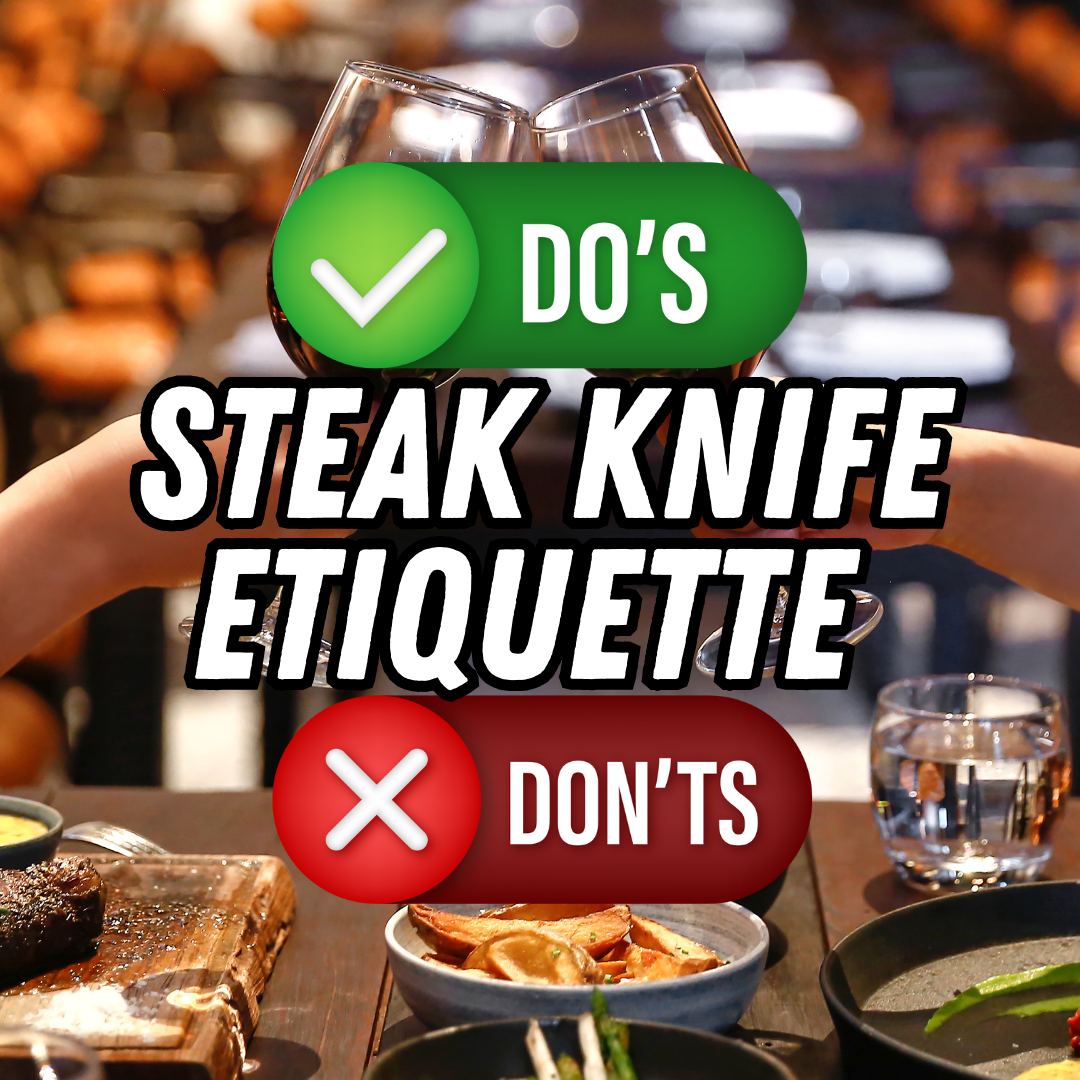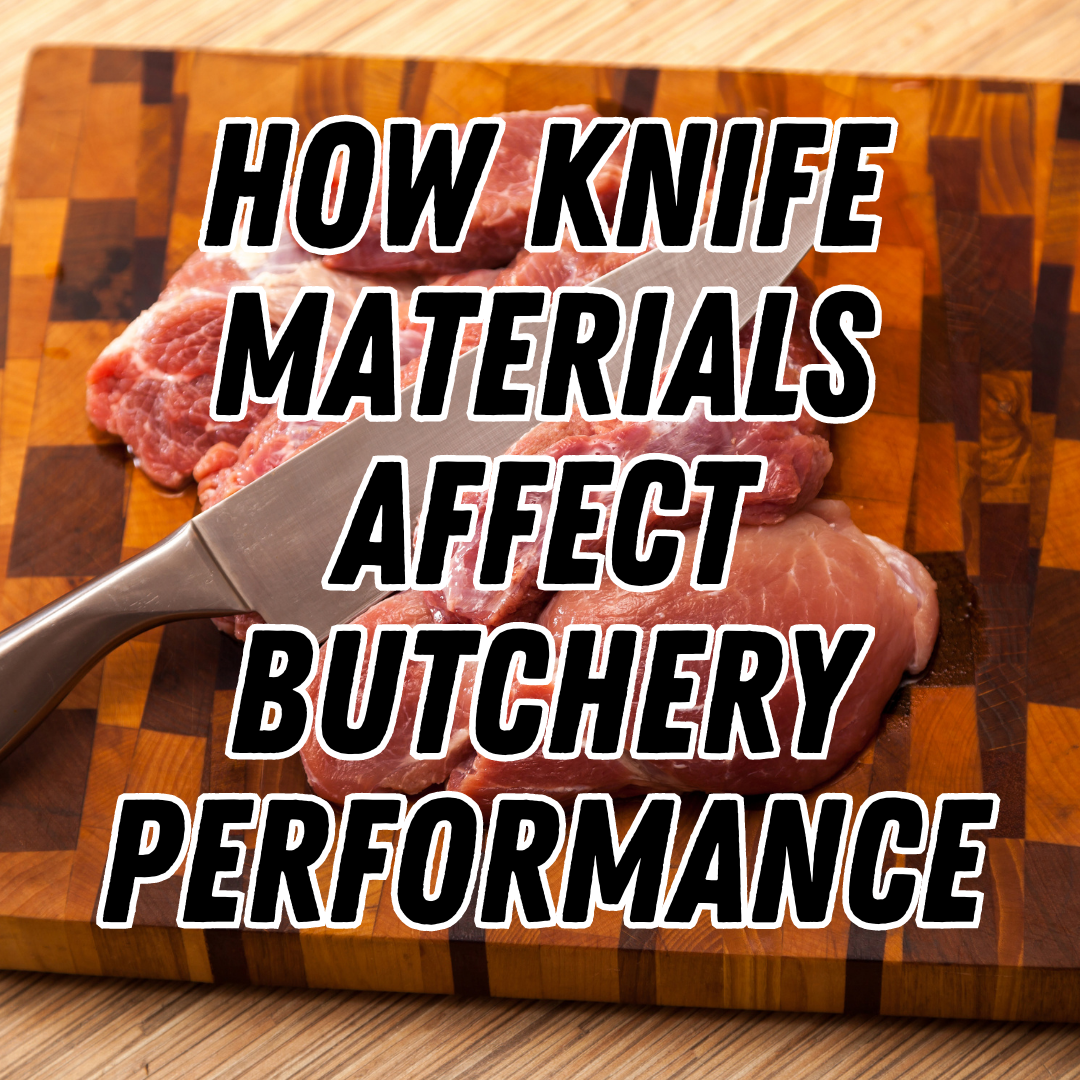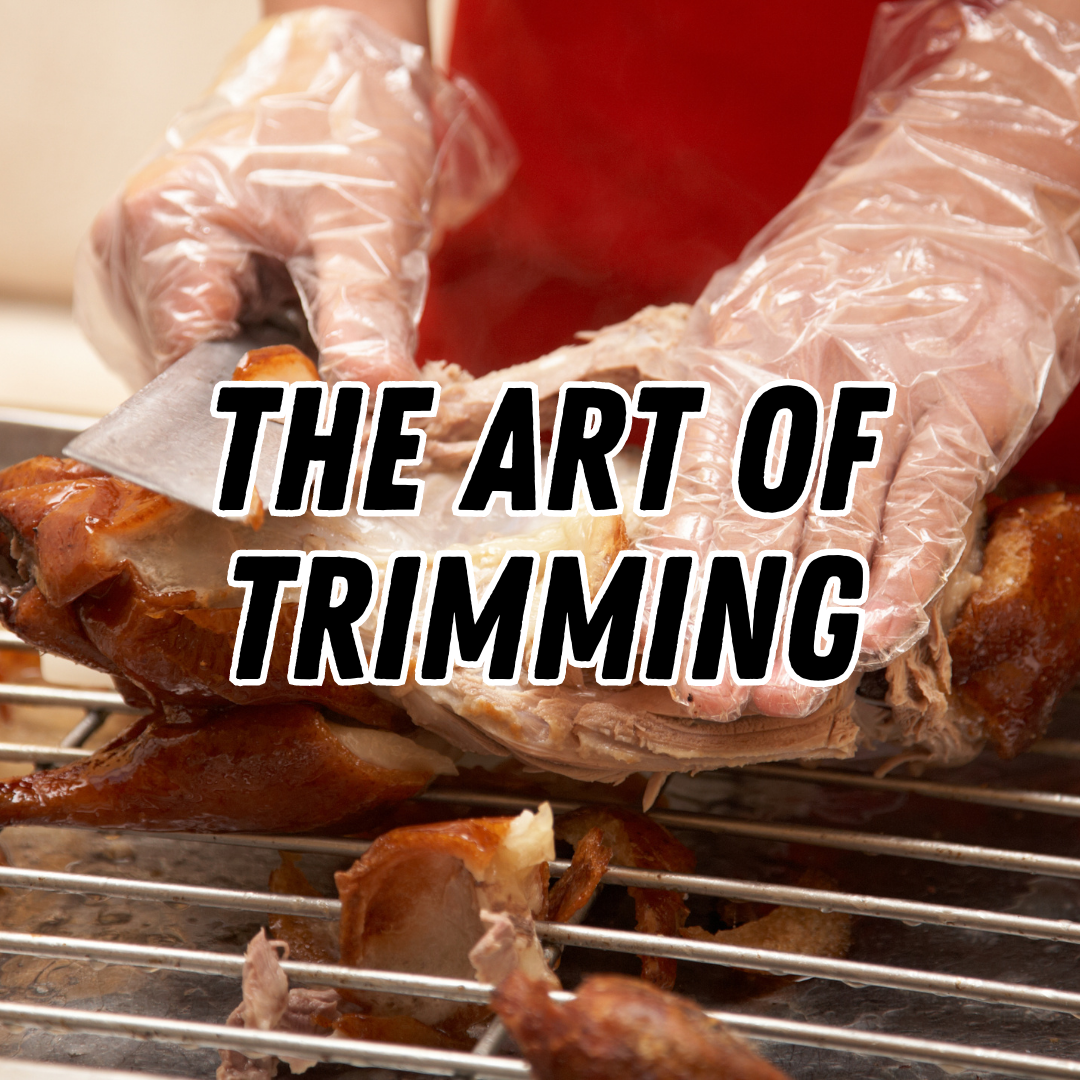Proper steak knife etiquette is crucial in fine dining and formal settings in enhancing the overall dining experience.
Understanding the importance of using steak knives correctly can set the tone for a sophisticated and memorable meal.
This post will delve into the significance of observing steak knife etiquette, how it enhances dining experiences, and how it can create a favourable impression in formal settings.
Understanding Steak Knives
Steak knives are indispensable for savouring a succulent steak. To completely understand the significance of these knives, it is necessary to comprehend their various characteristics.
This section will discuss the anatomy of a steak knife, the various varieties of steak knives and their features, and how to choose the appropriate steak knife for any occasion.
Anatomy of a Steak Knife
A steak knife typically consists of several key components, including the blade, handle, bolster, and tang. Understanding each part's function and characteristics can help you make informed decisions when choosing a steak knife.
Different Types of Steak Knives and Their Features
There are numerous varieties of steak knives, each with distinctive features and benefits. This section will discuss popular options, including serrated-edge, straight-edge, and hybrid knives. We will examine their cutting performance, blade materials, and handle designs to help you discover the ideal steak knife.
Selecting the Right Steak Knife for the Occasion
Choosing the right steak knife goes beyond personal preference. It also involves considering the occasion and the steak you'll enjoy. We will discuss factors such as steak thickness, tenderness, and cooking style to assist you in selecting a steak knife that enhances your dining experience.
Proper Etiquette for Using a Steak Knife
Using a steak knife in a formal setting requires certain etiquette and finesse. By following these guidelines, you can ensure a polished and sophisticated dining experience:
Holding the Steak Knife with Confidence and Poise
To demonstrate your mastery of steak knife etiquette, keep the following points in mind:
- Grip the steak knife with a firm yet relaxed grip, ensuring stability and control.
- Position your hand slightly above the table, keeping your elbows close to your body.
- Use small, controlled movements to maintain elegance when cutting through the steak.
Cutting Techniques for Different Steak Textures
Different cuts of steak have varying textures, and employing the appropriate cutting techniques can enhance your dining experience:
- For tender cuts, such as filet mignon, use a gentle sawing motion to create precise, effortless cuts.
- For fattier cuts, like ribeye, use a combination of sawing and slicing motions to navigate through the marbling.
Navigating Bones and Tough Spots Gracefully
When encountering bones or tougher portions of the steak, follow these tips to maintain composure and grace:
- Use the knife's tip to gently loosen the meat around the bone before making clean cuts.
- When encountering more challenging spots, apply steady pressure and a sawing motion to ensure smooth and even slices.
Remember, proper steak knife etiquette showcases your sophistication and enhances the overall dining experience. You can approach any formal setting with confidence and grace by mastering these techniques.
Setting the Table with Steak Knives
Setting the table for dinner with steak knives requires attention to detail and proper etiquette. Here's how to ensure your table setting is impeccable:
Placement of Steak Knives on the Table:
Steak knives are usually placed to the right of the dinner plate, with the blade facing inward towards the plate.
If serving multiple courses, you can place the steak knife closer to the plate and bring other knives as needed.
Coordinating Steak Knives with Other Tableware:
Choose steak knives that match your tableware's style and design.
If you have a formal dinnerware set, opt for elegant and classic steak knives that complement the overall aesthetic.
Avoiding Common Table Setting Mistakes:
- Don't overcrowd the table with too many utensils. Only include essential items to avoid confusion for your guests.
- Ensure the spacing between each place setting is even and that everything lines up neatly.
Remember, a well-set table enhances the dining experience and reflects your attention to detail and hospitality.
With these tips, your table setting with steak knives will impress your guests and make the dining occasion memorable.
Using Steak Knives Politely and Respectfully
Steak knives may seem simple, but using them politely in a formal setting requires finesse. Here are some key considerations to ensure you handle your steak knife with grace:
Considerations for Handling Steak Knives during a Meal
Hold the Knife Properly: Grip the handle firmly but not too tightly, extending your index finger along the blade's spine for better control.
Use the Right Knife for the Right Cut: Different cuts of steak may require different types of steak knives. Choose the appropriate blade for the specific steak you are served.
Etiquette for Resting and Placing the Steak Knife
Resting Position: When not in use, rest the knife on the side of your plate, blade facing inward. Avoid placing it on the table or leaving it on the plate with food residue.
Proper Placement: If you need to set down your knife temporarily, place it on the edge of your plate with the blade facing inward, never outward.
Proper Communication During Steak Knife Usage
Nonverbal Signals: Use your silverware to communicate with your server nonverbally. When you've finished your dinner, set your knife and fork on your plate with the handles at 4 o'clock to signify that you're finished.
Polite Gestures: Avoid waving or pointing with your steak knife. It's best to use words to communicate your needs during the meal.
Remember, practicing steak knife etiquette shows respect for the host and fellow diners and enhances your dining experience in any formal setting. In more casual settings, the rules may be more relaxed.
Always be mindful of the dining environment and follow the lead of your host or others around you.
Common Mistakes to Avoid
Regarding steak knife etiquette, people often make some common mistakes.
Avoid these errors to ensure a smooth and enjoyable dining experience:
- Using excessive force: One common mistake is applying too much pressure when cutting through the steak. Remember, a well-sharpened steak knife should glide through the meat effortlessly.
- Holding the knife improperly: Avoid gripping the steak knife like a hammer. Hold it gently with a relaxed grip, using your index finger and thumb for better control.
- Cutting with a dull knife: A dull steak knife can lead to frustration and a messy dining experience. Make sure your knife is sharp to make clean, precise cuts.
- Using the wrong cutting technique: Avoid using a sawing motion or applying excessive back-and-forth movements. Instead, use a single smooth motion to cut through the meat.
- Resting the knife on the plate: Placing the knife on the plate, especially with the blade facing outward, is considered improper. Instead, rest the knife on the side of the plate, or a designated knife rest.
Conclusion
Mastering steak knife etiquette is essential for any formal dining experience.
By understanding the proper use and handling of steak knives, you can navigate social settings confidently and gracefully.
Remember to hold the knife correctly, cut precisely, and avoid common mistakes.
With these tips, you'll be well-prepared to impress others with your dining etiquette.
Enjoy your next steak dinner with finesse!




